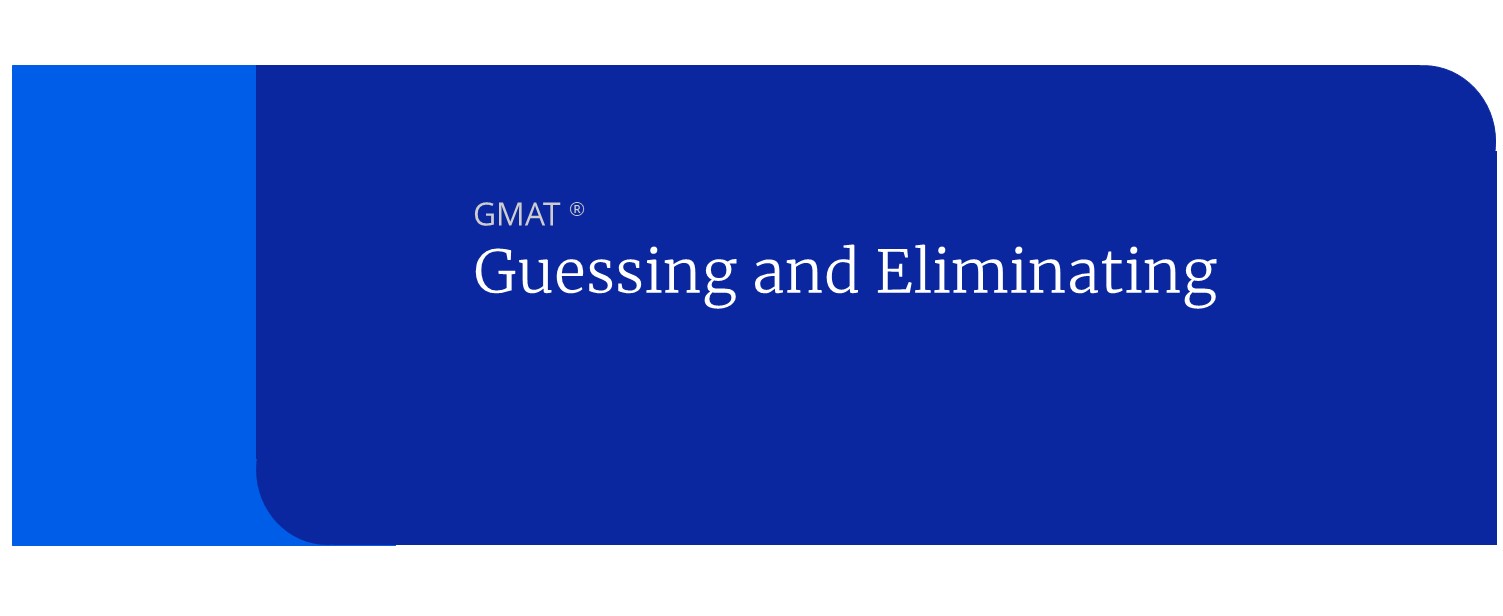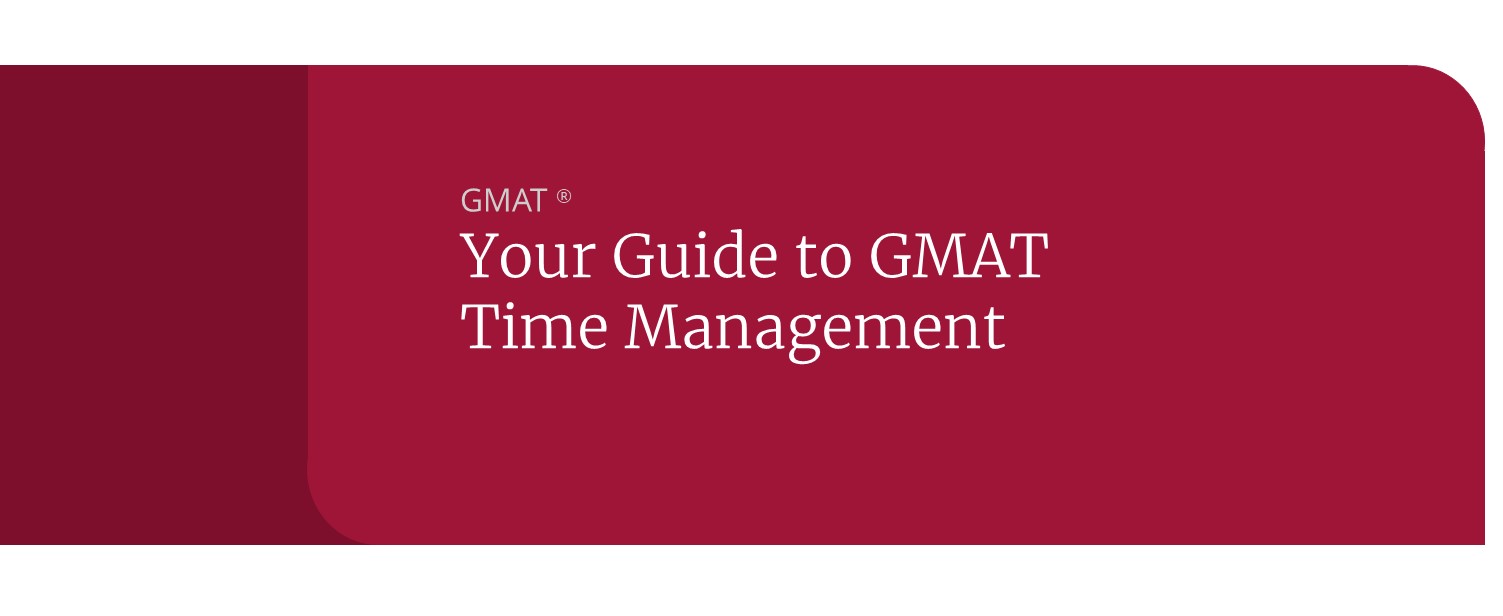Number Properties on the GMAT
How long has it been since you learned about odd and even numbers? What about the differences between positives and negatives? And when did you learn the definition of an integer or a prime number?
Most of us learned all of these things before we were 10 years old. But as you may have noticed, the GMAT tests these concepts—collectively known as number properties—in ways that make them seem absolutely foreign. Here is some example question stems drawn from Data Sufficiency problems:
- Is x even?
- Is x < 0?
- Is x an integer?
In Problem Solving, algebra problems are frequently set up such that you will answer incorrectly if you assume x must be an integer or that it must be positive.
Number properties are all about categories and rules; certain kinds of numbers behave the same way in all cases. The GMAT will reward you for using the Core Competencies of Pattern Recognition and Critical Thinking to draw inferences about how numbers behave, based on certain characteristics or “properties” they possess. That’s why number properties questions appear on the Quant section with greater frequency than other topics.
Here are some definitions to brush up on and some tips for mastering the number properties concepts tested most frequently on the GMAT.
Integers
The term integer refers to positive whole numbers, negative whole numbers, and zero. When an integer is added to, subtracted from, or multiplied by another integer, the result is always an integer. (An integer divided by an integer may or may not result in an integer; it depends on whether the first number is a multiple of the second.) Picking Numbers makes questions about integers and non-integers easier to tackle.
Zero is a special case. It is an integer, and it is even, but it is neither positive nor negative. Zero has no sign. One is also somewhat special; 0 and 1 behave differently from all other integers when you multiply them, with one important exception: odd and even rules. Zero behaves the same as all other even integers when adding, subtracting, or multiplying, and 1 behaves the same as all other odds in these situations.
When “integer” is a central word in a question, you know have a number properties question. Questions that focus on the rules governing integers force test-takers to discriminate between different categories of numbers (whole numbers versus fractions or decimals). These questions also contain an important trap that you must learn to avoid: Never assume a number is an integer unless you’re told that it is. The absence of information in a GMAT question can be just as important as its inclusion.
Odd and Even
The terms odd and even apply only to integers. Even numbers are integers that are divisible by 2, and odd numbers are integers that are not. Odd and even numbers may be negative; 0 is even. The product of an even number and any integer will always be even. Here are the rules that govern odd and even:
Notice that there are no universal rules for dividing odds and evens.
Positive and Negative
Positive numbers are greater than zero, falling to the right of 0 on a number line. Negative numbers are less than zero, falling to the left on a number line.
When multiplying or dividing two numbers that have the same “sign” (positive or negative), the result is always positive. When multiplying or dividing two numbers with different signs, the result is always negative.
Some GMAT questions hinge on whether the numbers involved are positive or negative. These properties are especially important to keep in mind when Picking Numbers on a Data Sufficiency question. If both positives and negatives are permissible for a given question, make sure you test both possibilities, since doing so will often yield significant (different) results. Take the same approach that you’ve been learning to use for other number properties: Spend some time memorizing the rules, but always keep your eye out for strategic opportunities to pick numbers.
The special properties of −1, 0, and 1 make them important numbers to consider in Data Sufficiency questions, as well as for the “could be/must be” kinds of Problem Solving questions. Because numbers between −1 and 1 behave differently than do other numbers, they are good numbers to pick when testing whether one expression always has to be less than or greater than another.
Divisibility Rules
Because the GMAT tests math concepts most of us learned in elementary school, it can be challenging to recall some of these basic quantitative building blocks. Boost your ability to do mental math with these tips for remembering how to divide numbers in your head.
Rules for Twos, Fives, and Tens
The easiest of the divisibility rules are the rules for 2, 5, and 10:
- If a number is even, it is divisible by 2.
- If a number ends in 0 or 5, it is divisible by 5.
- If a number ends in 0, it is divisible by 10.
Rules for Threes, Sixes, and Nines
If the sum of a number’s digits is divisible by 3, the number is divisible by 3. For example, 432 → 4+3+2=9, so 432 is divisible by 3. But 253 → 2+5+3=10, so 253 is not divisible by 3.
If a number is even AND the sum of its digits is divisible by 3, it is divisible by 6: 432 → 4+3+2=9, and 432 is even (divisible by 2), so it is divisible by 6.
If the sum of a number’s digits is divisible by 9, the number is divisible by 9: 432 → 4+3+2=9, so 432 is divisible by 9; 837 → 8+3+7=18, so 837 is divisible by 9.
An interesting side note about 9: All multiples of 9, when their digits are summed, eventually yield 9. For example, 837 → 8+3+7=18, and 1+8=9.
Rules for Fours
If the last two digits of a number are a multiple of 4, the entire number is a multiple of 4. You don’t add the digits together; if the last two are a multiple of 4 that you recognize, you can trust you have a multiple of 4. Because 100 is divisible by 4, all that matters is the last two digits. For example, 2,348,632 is divisible by 4 because the last two digits, 32, is divisible by 4.
I’m not aware of any useful ways to determine divisibility by 7 or 8, so your best bet for those is to learn their multiples instead. Most of us have forgotten our multiplication tables, so there is no shame in needing to refresh them. Take care to learn the multiples of 13 as well. Because most people brush up on multiples through 12, the GMAT loves to throw in 13 to catch you off guard.
Spend some time reviewing number properties. Being aware of and comfortable with the behaviors of numbers will take you a long way toward landing your best GMAT score on Test Day.
Jennifer Mathews Land has taught for Kaplan since 2009. She prepares students to take the GMAT, GRE, ACT, and SAT and was named Kaplan’s Alabama-Mississippi Teacher of the Year in 2010. Prior to joining Kaplan, she worked as a grad assistant in a university archives, a copy editor for medical websites, and a dancing dinosaur at children’s parties. Jennifer holds a Ph.D. and a master’s in library and information studies (MLIS) from the University of Alabama, and an AB in English from Wellesley College. When she isn’t teaching, she enjoys watching Alabama football and herding cats.




